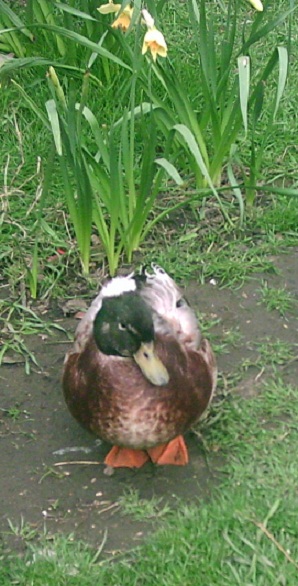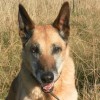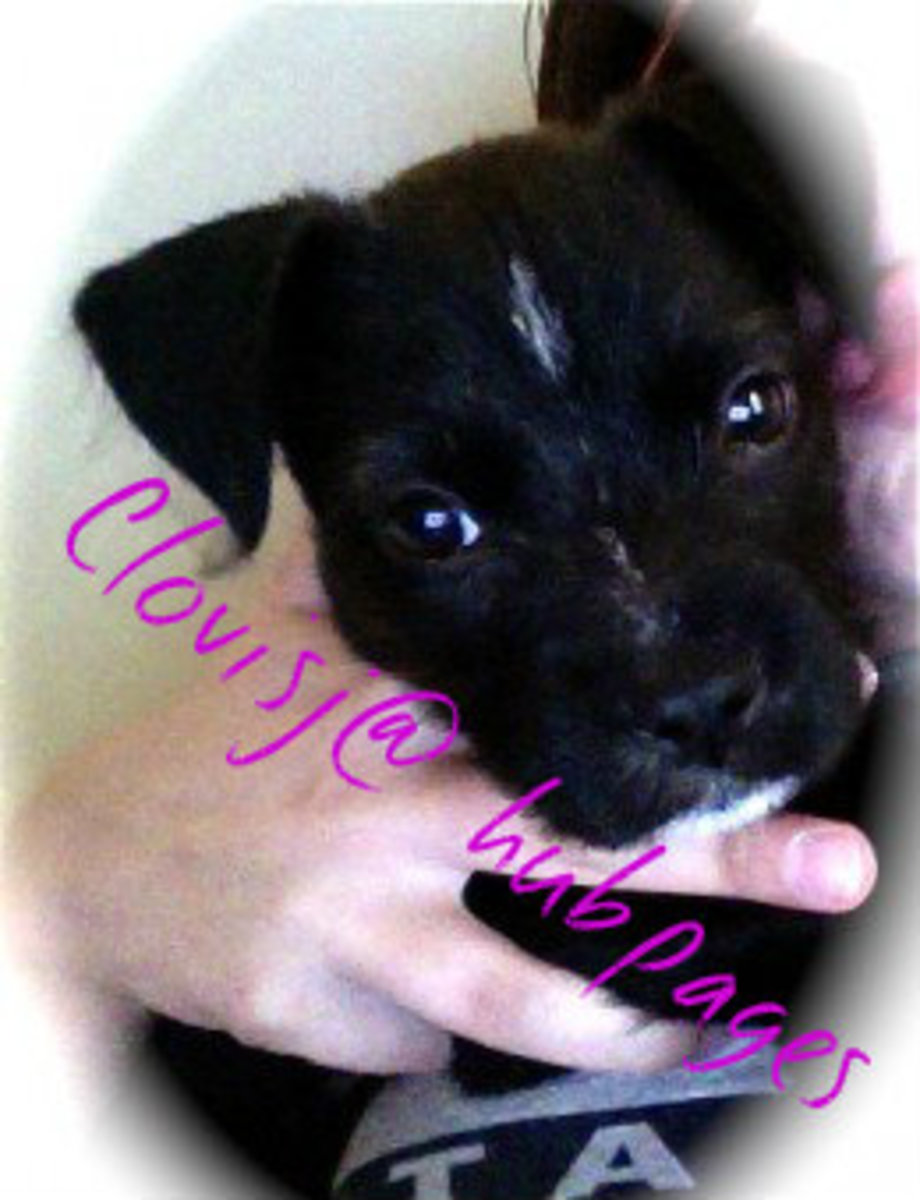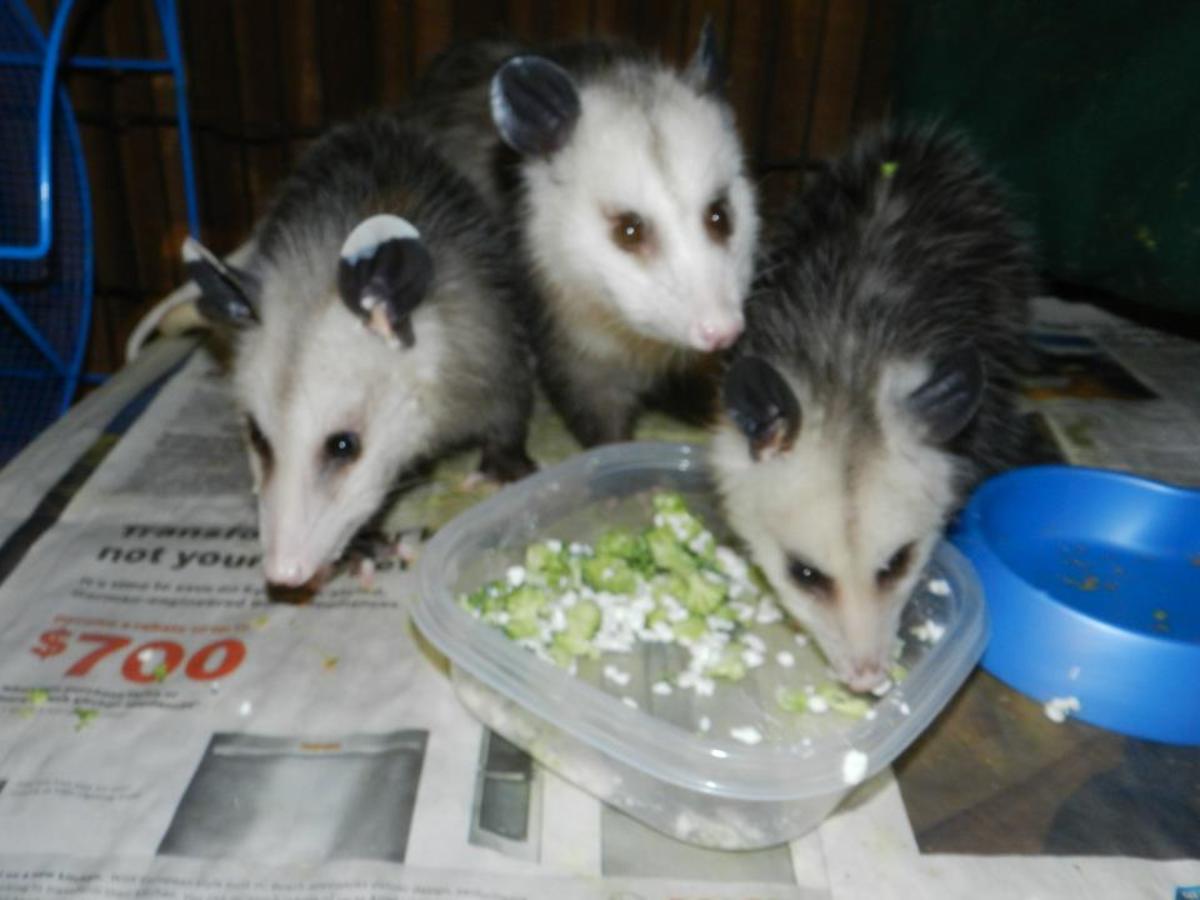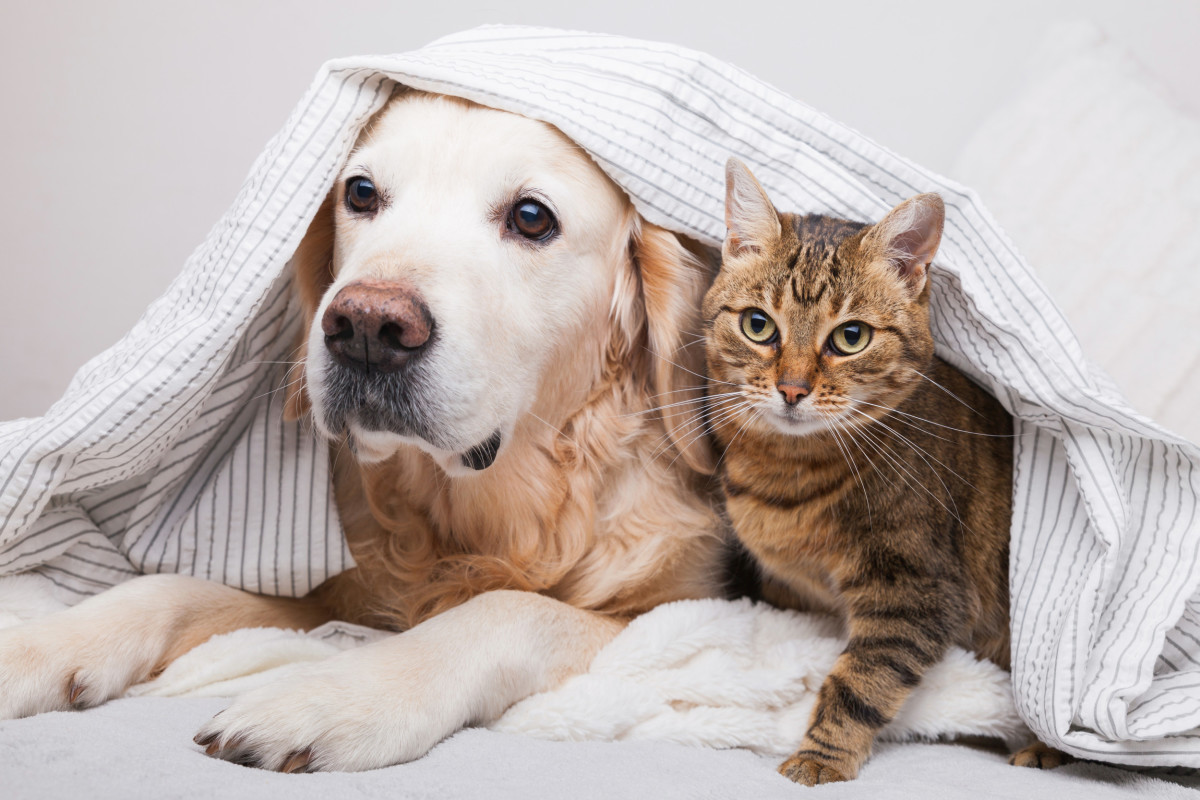Easing the pain of grief following the death or lossof a much loved pet
Introduction
To folk who haven't had pets, it can seem strange that pet owners can experience such grief at their pet's death. And to people who have suffered the loss of their first pet, the pain of grief can come as a horrible shock. But given that we spend many hours in their company, often receiving a more reliably joyous and cheerful relationship with them, then with many people, it shouldn't be too surprising that the grief can match that which you feel following the death of a close friend or family member. These close bonds and the pain of grief aren't restricted to owners of dogs and cats. Any pet, particularly the long lived ones such as horses, parrots and chinchillas, can creep into your heart and leave a gaping chasm when they die. This article looks at ways to get through this grief and perhaps protect a little against it.

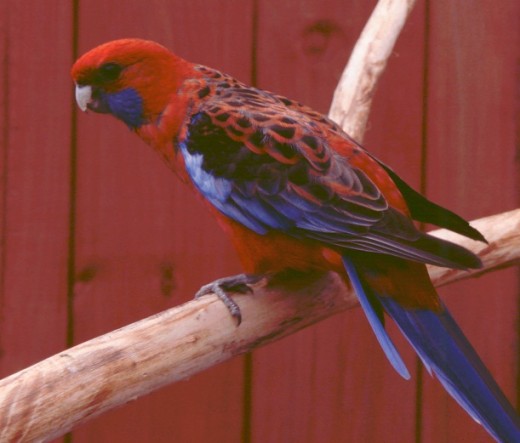
Accept that it is OK to Grieve for a Pet
Not everybody will understand the grief, but it is really important that you can accept within yourself that it is OK to mourn the loss of your pet. It may even surprise you the number of people who do understand. If you can stop telling yourself off because you 'shouldn't feel this bad' about just a cat,rabbit, horse etc and acknowledge that 'yes this feels horrible, I really miss my pet', you will begin to move through the tumult of feelings.
Another thing to be aware of is that sometimes the pet's death may open up grief for deaths you thought you'd got over - perhaps the pet was one you inherited when a parent or partner died and it feels you have lost the last link to that person. Again, you need to accept and acknowledge that.
Recognise The Grieving Process.
If you know that grief is a process, albeit without a fixed timescale, it can be easier to live with. It helps if you can believe that the process will, however inexorably slowly, creep forwards. A commonly accepted model of grief is the Kübler-Ross Grief Cycle. This documents five stages of grief:
1. Denial - you refuse to believe or feel unable to believe that your beloved pet is dead
2. Anger (and blame) - you may be angry with yourself for not doing enough to save the pet, or with the vet for not doing enough or even with the pet itself.
3. Bargaining - If you believe in God you might bargain with God, or perhaps with fate to try to get the death undone.
4. Depression - You feel overwhelmed by the loss but realise there is nothing you can do to change what has happened. You might be overcome by inertia, unmotivated and unable to look to the future.
5. Acceptance - you come out of the other side of the grief process and can acknowledge that you miss the pet, but accept that death is part of ownership and you can move on.
Even if such a model seems rather emotionless at a time of pain, the fact it exists can perhaps offer the comfort of knowing that people have been there before you walking the path of grief.
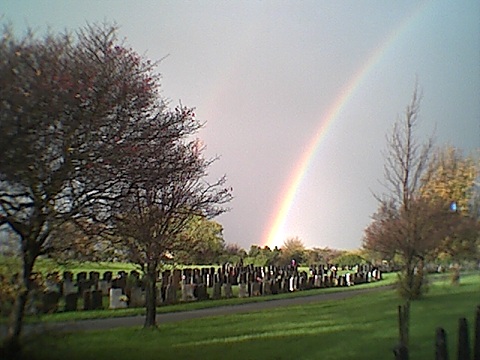
Things Which Might Help
There isn't a single thing which will help everyone, so pick and choose from the list.
1) Owning more then one pet at a time, so that you already have another pet you are bonded with when one dies. This can make you feel like getting up because you know that pet is relying on you and perhaps encourages you to go out for a walk or ride with it or to the shops for more pet food. It provides opportunities for laughter as well - because animals can be relied upon to do amusing things.
2) If you really don't want more then one pet at once, then perhaps helping out at a pet rescue centre or offering to walk an elderly neighbour's dog or care for the pet of someone in hospital will help remind you of the positives of owning a pet and allow memories of the good times to creep in.
3) Write a poem about the pet or create a scrapbook with photos, rosettes, a favourite toy and written memories of your time together.
4) Talk to people, perhaps find out what their experience of a pet's death has been like so that you can share experiences.
5) Have the pet cremated and returned to you so that you can bury it at home or in a pet cemetery. This can help you feel as though you are doing one last thing for your pet and people also find the ritual reassuring - again because it acknowledges that this is something many people go through.
6) Commission an artiist to draw or paint a protrait of your pet from one of your photographs. Or you might do this yourself if you are a capable artist.
7) Plant a tree, shrub or flower in your garden or in a local memorial garden. It is especially nice is you can select a plant species which either reminds you of your pet or which contains its name, e.g. for Fox, my dog, I might have chosen foxgloves, for Rosa another dog I would have chosen the dog rose aka Rosa canina.
8) Dedicate a kennel, stable or animal pen at your local pet rescue centre to your pet. Most have a scheme where you can sponsor a kennel for a year in memory of a person or pet or they may have a memorial wall where you can have a dedication placed on a plaque.
9) Be kind to yourself; a pet's death can be a very distressing experience, give yourself time to work through it and avoid extra stresses during that time if possible.
When to get Professional Help
There is no hard and fast rule to this. Bereavement counselling can be useful to anyone who feels that they are having difficulty coping with the greif following the death of a pet. It can particularly help if the death came as a shock to you or if you are feeling guilty about the death believing you could have prevented it in some way.
In some cases medical help may be required and quite often it may be a friend who recognises that the greifing person needs this. Signs to look out for are: persisting feelings of hopelessness; possibly accompanied by suicidal thoughts, persisting inability to manage your daily routine or going to work, ongoing problems sleeping either with a disturbed sleep pattern or excessive sleeping.
It can be hard to identify when a person needs medical help, because many of the symptoms of grief are also those of depression and it is normal and reasonable to experience some of them. For example people whose pet has died may report feeling numb, or being unable to concentrate or being unable to contemplate the future. It is if the symptoms persist, or are significantly impacting on the person's ability to function or if suicidal thoughts are present, that medical help should be sought.
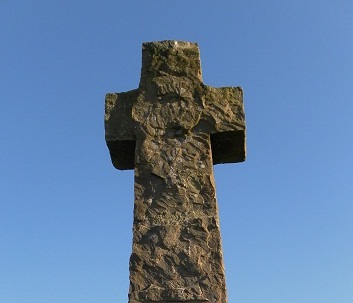
Case Study - Fox, my first dog
I adopted Fox from the RSPCA when he was 12 weeks old and I was 12. Although technically my parents adopted him, I was the driving force behind the family getting a dog and he was always my dog and my responsibility.
I had wanted a dog since I was six and a confident reader - reading about children and their dogs in story books made me want the relationship that those children had with their canine best friend. When I was finally allowed to have Fox, he very quickly became the most important thing in my life. I was a socially awkward twelve year old who didn't make friends easily, but Fox didn't care. When he grew up I walked him for an hour before school each morning, weekends and holidays I'd walk for up to four hours a day with him enjoying the countryside and talking to him about everything. When I went away to college at 18 I chose to study somewhere which would allow me to take Fox with me. Sadly he was diagnosed with multiple joint arthritus when he was only 5. One morning, two years later his back legs gave out completely and he was unable to walk. Further treatment was unsuccessful and I knew euthanasia was the right option for him. He died in my arms.
I was utterly devastated and bereft. Two years later I was still crying many evening from the pain of losing him and missing him despite having got a second dog 18 months before he died.
Retrospectively I realise that
- I hadn't bonded with the second dog fully - that came in the third year after Fox died and I finally discovered that it was possible to love another dog as much as I loved Fox and started healing properly.
- I would have benefited from professional help to soften this extended grieving period.
- Because I tend to over bond with my dogs, it is important for me to spread the load and have more then one dog, ideally at least three of various ages and ideally in place well before one dies, for maximum bonding opportunity.
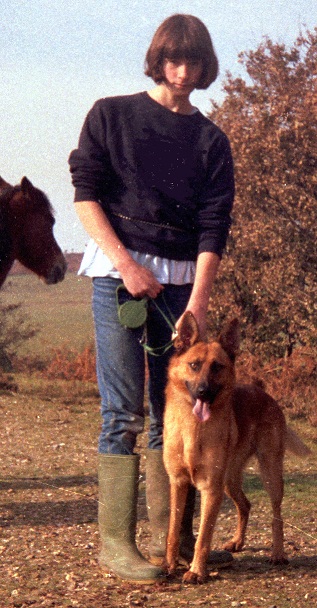
Case Study - Grey Lady, my second dog
I got 2 year old Grey Lady - ex-racing greyhound, eighteen months before Fox died, as a result of doing work experience at the RSPCA. Of six dogs I really liked, she was the only one not re-homed at the end of my work experience and would have been euthanised.
In the third year I had her I bonded very strongly with her and realised I was obsessively thinking about her dying - imagining and fearing it would happen and I'd be bereft again. I spent every hour of the day with Grey Lady, she came to work with me and slept on my bed. As an antidote to the fear of her death I got another dog and another one and yes, a fourth.
Grey Lady died when she was 13. Following a gentle decline, she had a stroke one morning and, unable to rise at all was later put to sleep in my arms.
This time I was very very sad to lose a dog who I knew couldn't be replaced in character, but I still had Nettle (and Jake and Roger) to whom I was and still am deeply bonded, so I knew that life still held good things.
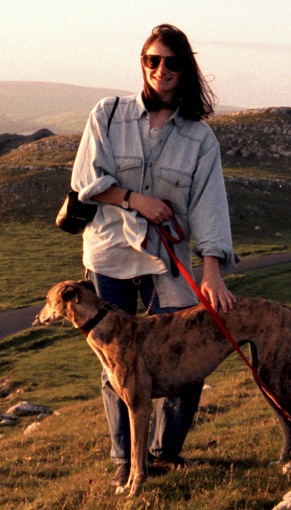
Case Study - Mr Belvedere, my duck
Sixteen years after the death of my first dog and many other pet deaths later, I felt confident about dealing with the death of my pets. Then I was bowled a googly or curved ball.
I got Mr Belvedere - a miniature crested silver appleyard duck, with his Khaki Campbell friend Mr Balderdash, as pets to live in my garden. I loved gardening with them gently quacking around me, hoping for worms to be dug up. I loved watching their joyous splashing and bathing in the duck pond after I gave it its weekly clean out.
Then one day, when I got home from work, I found that Mr Belvedere had been decapitated by someone who had clearly chased him round the garden, caught him and used my small garden shovel to cut his head off.
I was wholly unprepared for that.
If he'd died normally I'd have been sad, but OK., In this awful scenario, I knew I had both failed to protect him and that I would be unable ever to keep pets in the garden of my house again. I couldn't risk the same thing happening twice. I quickly re-homed Balderdash to a sanctuary and disintegrated inside. I was lucky to have the support of a friend who sought help for me, but even with that help, It still took an agonising 12 months to work through.
